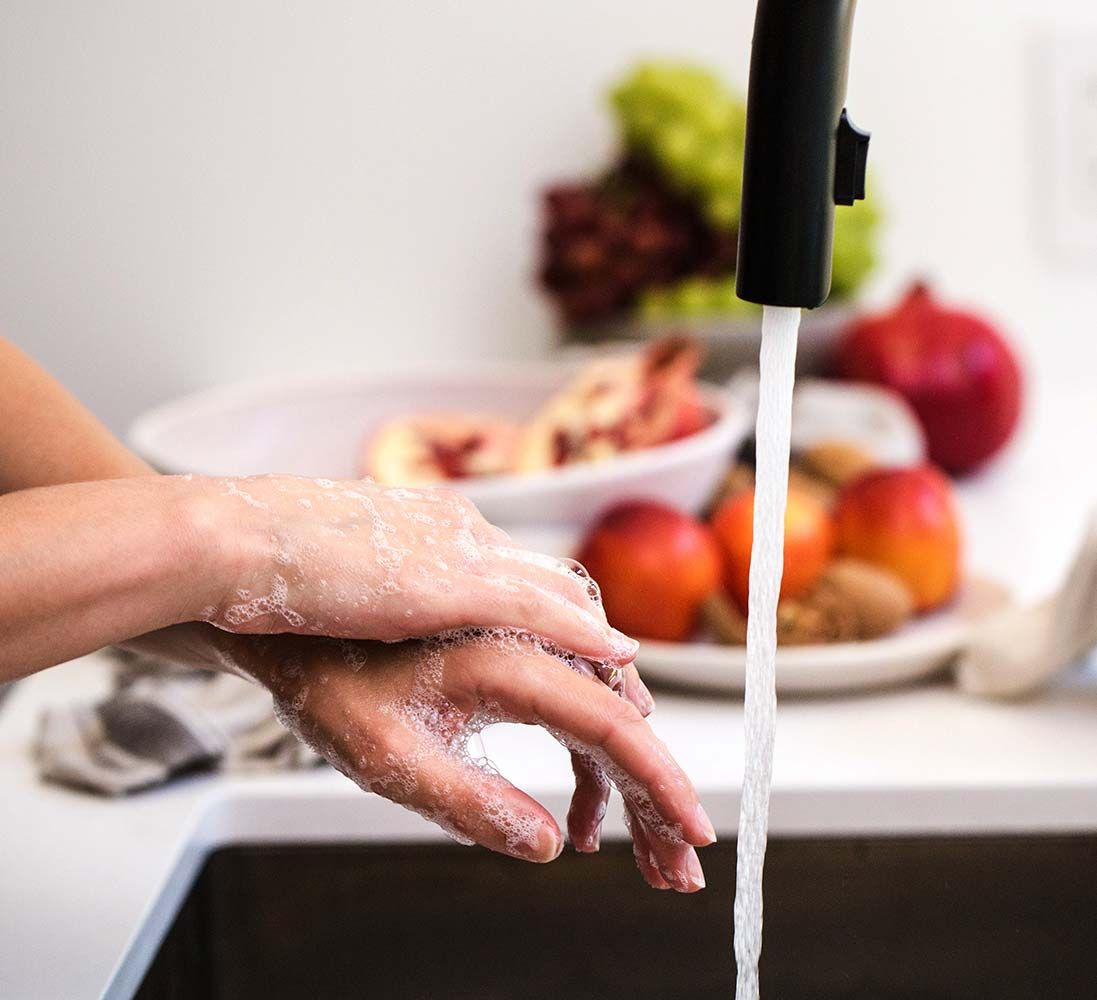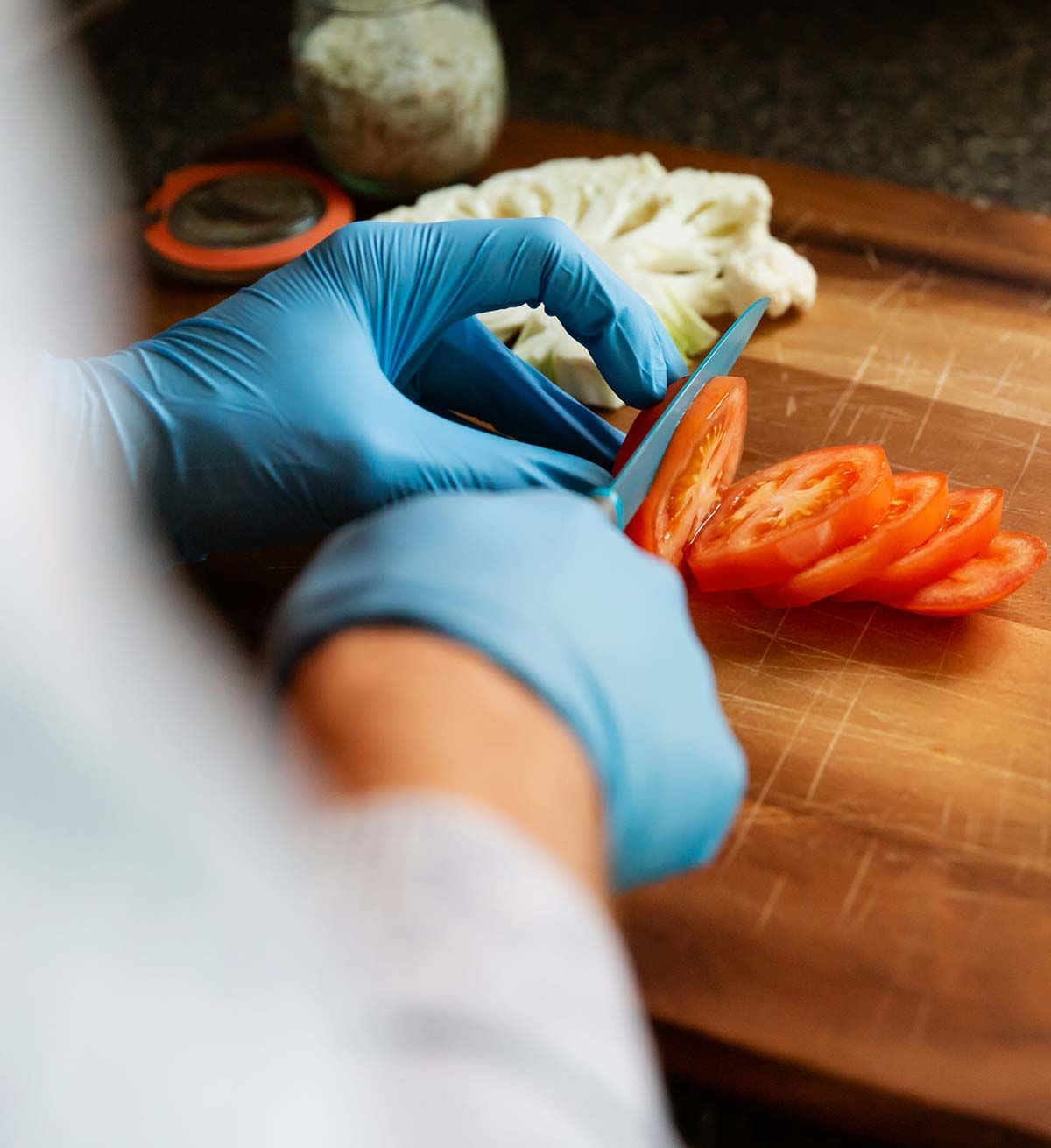Resources
Open for Business:
Congratulations on your journey to starting a restaurant in Hamilton.
Below are some additional resources to help guide you along the way. Thank you for choosing Hamilton to open your restaurant.

Resource 1
A quick checklist to opening a restaurant in Hamilton, ON
This is a paragraph. Writing in paragraphs lets visitors find what they are looking for quickly and easily.
This is a paragraph. Writing in paragraphs lets visitors find what they are looking for quickly and easily.
Step One:
Visit the HBC
Visit the Hamilton Business Centre and get the professional advice you need prior to opening.
Step Two:
Location & Zoning
Find a location that fits your business' needs and check it's zoning to be sure the use is permitted before leasing.
This is a paragraph. Writing in paragraphs lets visitors find what they are looking for quickly and easily.
This is a paragraph. Writing in paragraphs lets visitors find what they are looking for quickly and easily.
Step Three:
Building Permits
Looking to make changes to your chosen location? Check to see if a building permit is required before starting renovations.
Step Four:
Business Licensing
Visit Business Licensing to apply for your municipal license. All food-based businesses in Hamilton are required to have one.
Public health inspectors visit 3,200 premises in Hamilton every year. They check safe food handling practices outlined in the Ontario Food Premises Regulations
Resource 2
7 simple steps to food safety compliance (Green Sign, PASS).

-
Step 1. Protected food from contamination
- Ensure that cooked and ready-to-eat food items are placed on shelves above raw food
- Cover food with lids or plastic wrap
- Use utensils to reduce direct hand contact with prepared food
- Use water that is safe to drink to prepare food
- Label and store chemicals and pesticides away from food and the food preparation area
- Food items should be stored at least 15 cm (6 inches) off of the floor on shelves, racks or pallets
-
Step 2. Food handler hygiene and practices
- Ensure that there are separate handwash basins in each food preparation, processing or manufacturing area
- Hand basins should be equipped with: Hot and cold running water, Soap in a dispenser, and Paper towels
- Handwash basins should be used only for handwashing purposes and not for food preparation or dishwashing
- Wash hands thoroughly before and after handling food
- Workers should confine hair and wear clean outer garments
-
Step 3. Equipment & utensil sanitation & storage
- Clean food contact surfaces and ensure they are in good condition
- Discard cracked utensils or deeply grooved food contact surfaces
- Use two or three compartment sink method,
- (wash-rinse-sanitize) to clean utensils, dishes, and other equipment or use a mechanical dishwasher as required
- Sanitize utensils using the following solutions: Mix a solution of 2 ml (1 tsp per 4 cups) of household bleach per 1 L of water (100 ppm) or; Follow the manufacturer’s directions for all other types of sanitizers
-
Step 4. Pest Control
- Protect against the entry of pests and kept free of conditions that lead to the harbouring or breeding of pests
- Maintain records of all pest control measures that are undertaken on the premise and retain the records for at least one year after they are made
-
Step 5. Garbage and waste handling
- Remove solid and liquid waste from the food preparation area on a daily basis or more often if necessary
- Store waste in a sanitary manner
- Clean waste containers regularly
- Ensure waste receptacles are leak-proof, pest-proof and non-absorbent with tight-fitting lids
-
Step 6. Temperature and food storage
- Refrigerators should be 4 C/39 F or colder
- Record refrigerator temperatures
- Hot holding equipment should be 60 C/140 F or hotter
- Freezers should be -18 C/0 F or colder
- Keep thermometers in Refrigerators, Freezers, and Hot holding units
- Use the probe thermometer provided
- Verify cooking temperatures with a probe thermometer
- Calibrate thermometers at least weekly
-
Step 7. Premise maintenance and sanitation
- Clean surfaces, floors, walls, and ceilings and ensure they are in good repair
- Ensure surfaces are smooth, non-absorbent and easy-to-clean
- Ensure there is adequate lighting as per the Ontario Building Code
- Ensure there are adequate levels of ventilation
- Check operation and maintenance of mechanical dishwasher(s) and other equipment
- Keep washrooms and change rooms clean at all times.
- Check supply of cleanliness of: Toilet paper, Garbage container, Hot and cold running water, Soap dispenser, Cloth roller towel/paper towels/single service, and towels and/or hot air dryer
Click + to expand sections.
Resource 3
All food service premise in Ontario is required to have at least one certified food handler on premise during all hours of operation. Learn what food handlers are required to do and how to get certified.

-
1. Operators should ensure that every food handler on premise follow this guidance
- Not use tobacco while engaged as a food handler
- Be clean and practice good personal hygiene
- Wear clean outer garments
- Take reasonable precautions to ensure that food is not contaminated by hair
- Wash hands as often as necessary to prevent the contamination of food or food areas
- Be free from any infectious agent of a disease that may be spread through the medium of food
- Submit to such medical examinations and tests as are required by the medical officer of health to confirm the absence of an infectious agent
- Refrain from any other conduct that could result in the contamination of food or food areas.
-
2. Skin Disease
A person who has a skin disease shall not perform any work that brings him or her into contact with food unless he or she has obtained the approval of the medical officer of health in writing before performing the work.
-
3. Become a certified food handler
Under the Ontario Regulation, 493/17 Food Premises all food premises in Ontario are required to have at least one food handler or supervisor on the premises who has their food handler certification during all hours of operation.
During inspections, public health inspectors will ask food handlers or supervisors to produce their food handler certificate. The person is required under By-law No. 07-245(PDF, 385.54 KB) to show their certificate to the Public Health Inspector. Non-compliance with the Food Premises Regulation and/or By-law can result in a fine upon conviction.
To become a certified food hanlder, please visit the City of Hamilton's Food Handler Requirements & Training online resources or call 905-546-2489.
Alternatively, visit the Canadian Institute of Food Safety.
Click + to expand sections.
Resource 4
